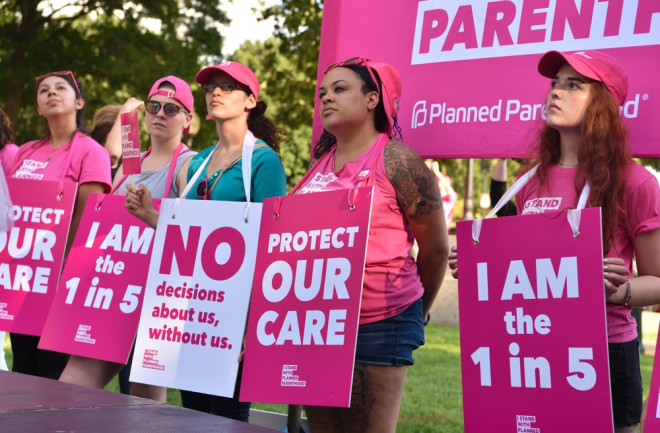In early May, an unknown source leaked a draft of the Supreme Court’s decision for Dobbs v. Jackson Women’s Health Organization. In the case, petitioner Thomas Dobbs argued the court should overturn Roe v. Wade and allow states to determine whether abortion should be legal. The draft indicated the Supreme Court agreed.
Since the landmark case in 1973, state lawmakers opposed to abortion have implemented more than 1,000 laws restricting access. These laws determine when one can terminate a pregnancy and for what reasons, and who, if anyone, must be notified. The restrictions also limit which types of facilities and physicians can provide abortion care. By 2020, about 800 facilities provided abortions — one-third the amount available in the late 1980s.
These clinics must turn away patients if they are past their state’s gestational limit. Diana Green Foster of University of California, San Francisco, led a group of scholars to see what happened to patients who were denied abortions. For five years, they followed women who were denied an abortion and found their mental health, employment opportunities and well-being were worse than women who could end an unwanted pregnancy.







